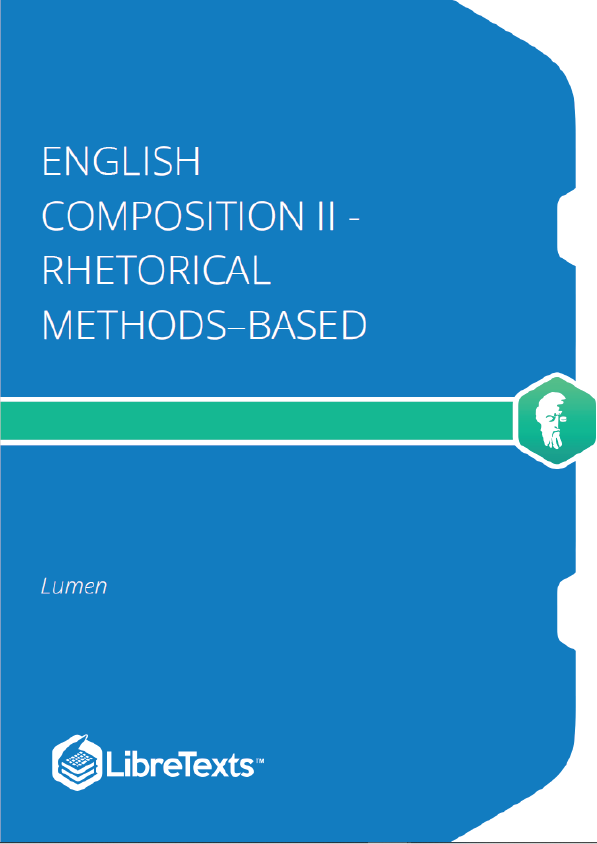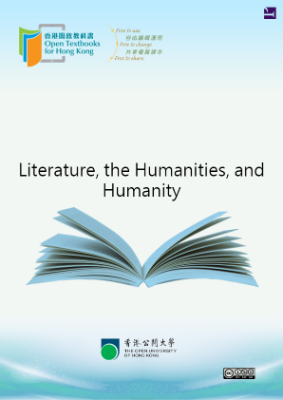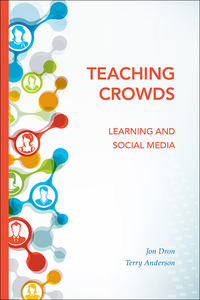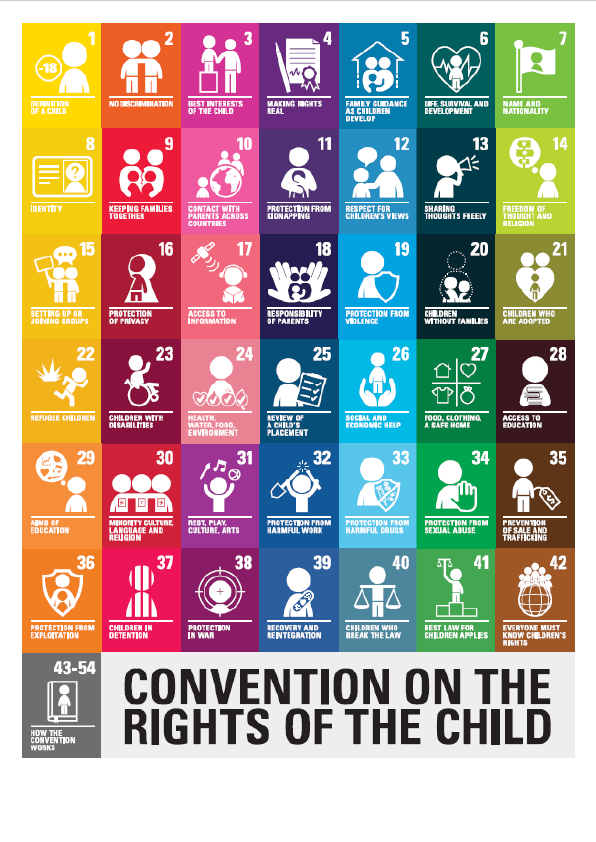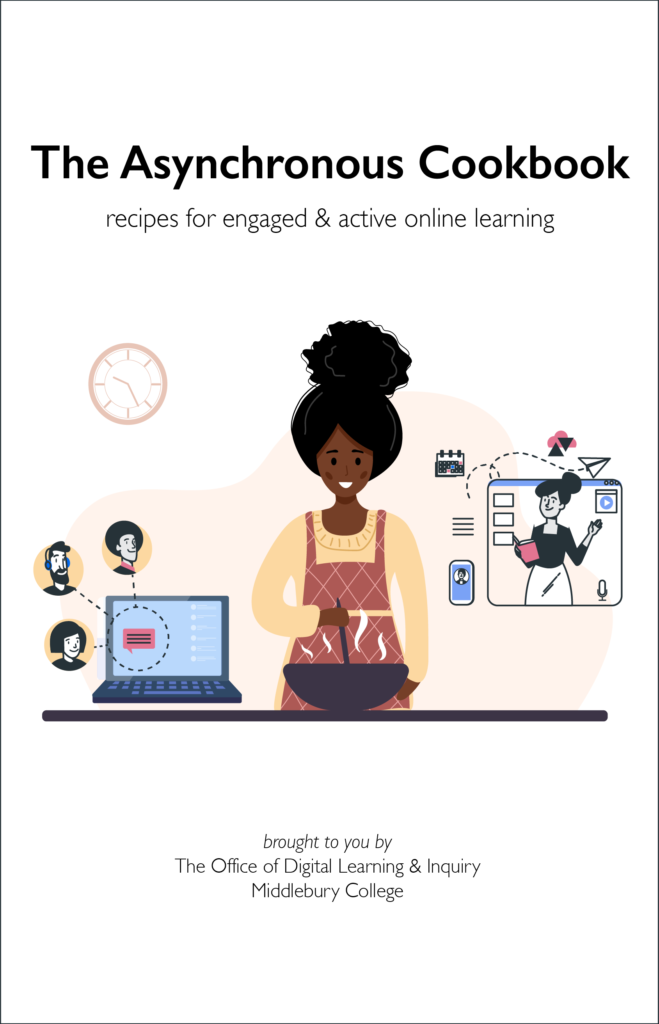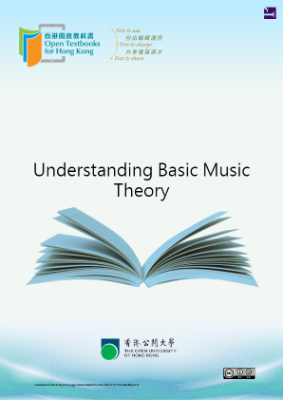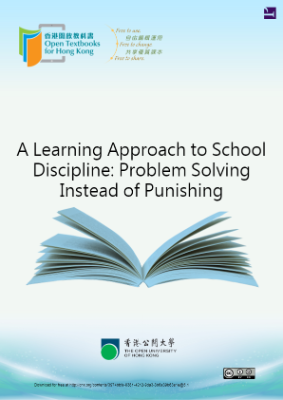This chapter is about the importance of critical and active reading. It is also about the connection between critical reading and active, strong writing. Much of the discussion you will find in this chapter in fundamental to research and writing, no matter what writing genre, medium, or academic discipline you read and write in. Every other approach to research writing, every other research method and assignment offered elsewhere in this book is, in some way, based upon the principles discussed in this chapter.
Reading is at the heart of the research process. No matter what kinds of research sources and, methods you use, you are always reading and interpreting text. Most of us are used to hearing the word “reading” in relation to secondary sources, such as books, journals, magazines, websites, and so on. But even if you are using other research methods and sources, such as interviewing someone or surveying a group of people, you are reading. You are reading their subjects‟ ideas and views on the topic you are investigating. Even if you are studying photographs, cultural artifacts, and other non-verbal research sources, you are reading them, too by trying to connect them to their cultural and social contexts and to understand their meaning. Principles of critical reading which we are about to discuss in this chapter apply to those research situations as well.
I like to think about reading and writing as not two separate activities but as two tightly connected parts of the same whole. That whole is the process of learning and making of new meaning. It may seem that reading and writing are complete opposite of one another. According to the popular view, when we read, we “consume” texts, and when we write, we “produce” texts. But this view of reading and writing is true only if you see reading as a passive process of taking in information from the text and not as an active and energetic process of making new meaning and new knowledge. Similarly, good writing does not come from nowhere but is usually based upon, or at least influenced by ideas, theories, and stories that come from reading. So, if, as a college student, you have ever wondered why your writing teachers have asked you to read books and articles and write responses to them, it is because writers who do not read and do not actively engage with their reading, have little to say to others.
We will begin this chapter with the definition of the term “critical reading.” We will consider its main characteristics and briefly touch upon ways to become an active and critical reader. Next, we will discuss the importance of critical reading for research and how reading critically can help you become a better researcher and make the research process more enjoyable. Also in this chapter, a student-writer offers us an insight into his critical reading and writing processes. This chapter also shows how critical reading can and should be used for critical and strong writing. And, as all other chapters, this one offers you activities and projects designed to help you implement the advice presented here into practice.
